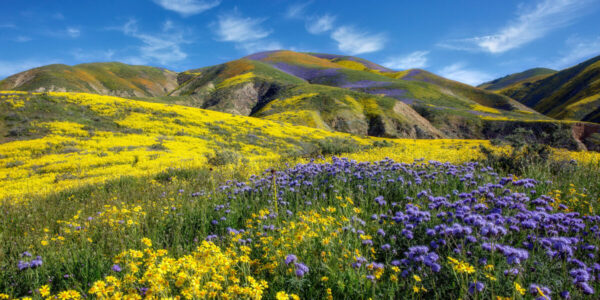
Why You Should Replace Your Lawn with Native Plants
Don’t know how to get started turning your lawn into a space for native plants? It’s easier than you think.
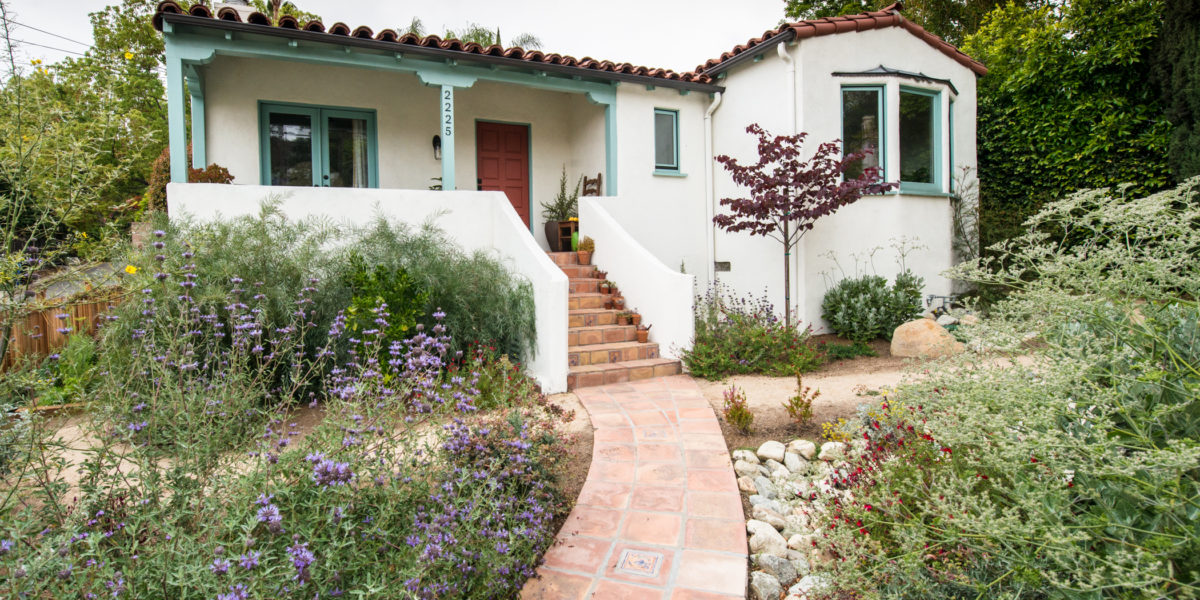
David Newsom
With drought conditions occuring regularly in the West, many of our thoughts turn more and more to replacing our lawns with native plants—so much so that going native has become something of a movement. After all, native plants provide food and habitat for native, beneficial species, they sequester carbon, and they are naturally and uniquely adapted to the regions in which they belong.
Lawns, meanwhile, are not well-suited to our environment. They play a role in the loss of biodiversity, they consume an enormous amount of resources, and they provide little benefit, according to David Newsom, founder of the Wild Yards Project in Los Angeles and a scrappy landscaping evangelist to anyone interested in native plants. On average, meanwhile, lawns use ten billion gallons of fresh water daily in the United States and 90 million pounds of pesticides a year. At the same time, the average lawn is managed in such a way that it doesn’t sequester carbon.
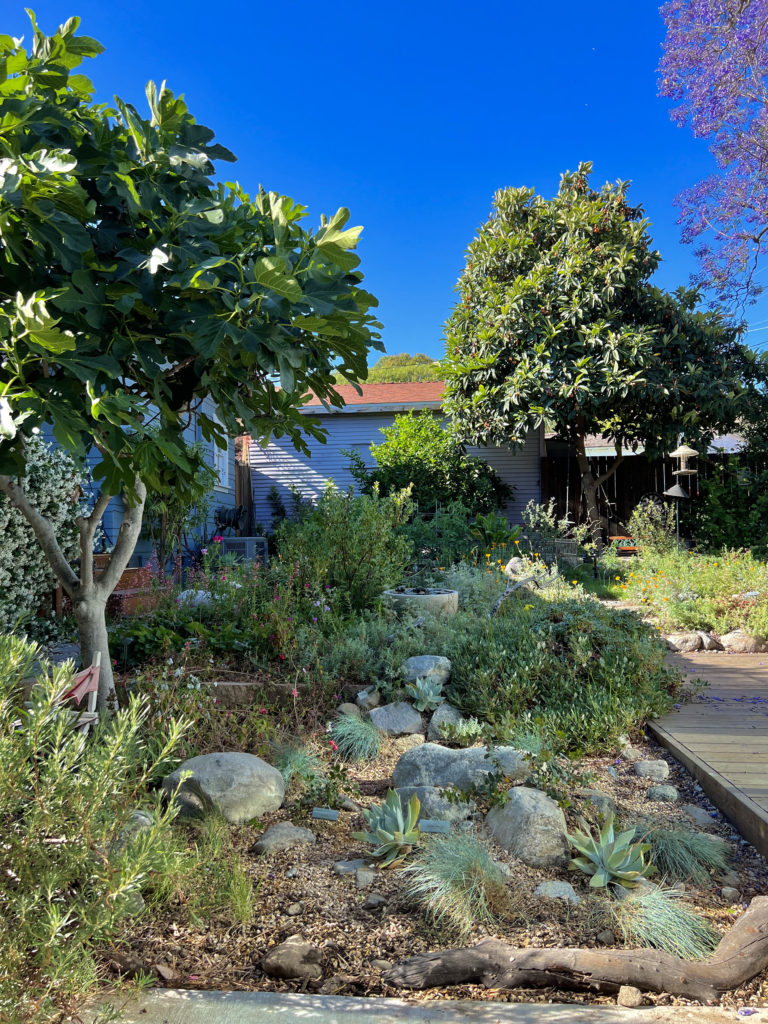
David Newsom
And, says Newsom, we don’t use them as much as we think we do: A study conducted by UC Davis found that the average child in Southern California uses a residential lawn about 40 minutes a week, while adults use about ten minutes of that.
The good news is that now we have a giant opportunity. So I went to Newsom, who tells us here how—and why—we should all replace our lawns with native plants, and how to get started.
So, you’ve been advocating to eradicate lawns for a long time. Now what?
Now we can do something that’s far better and far more beneficial and that will bring a person a great deal more joy, which is using native plants instead. One of the reasons I started the Wild Yards Project was because I felt like I didn’t have any agency in the face of these global climate changes that were occurring. But if you have a yard—if you’re lucky enough to have a yard—you’re in a very powerful position.
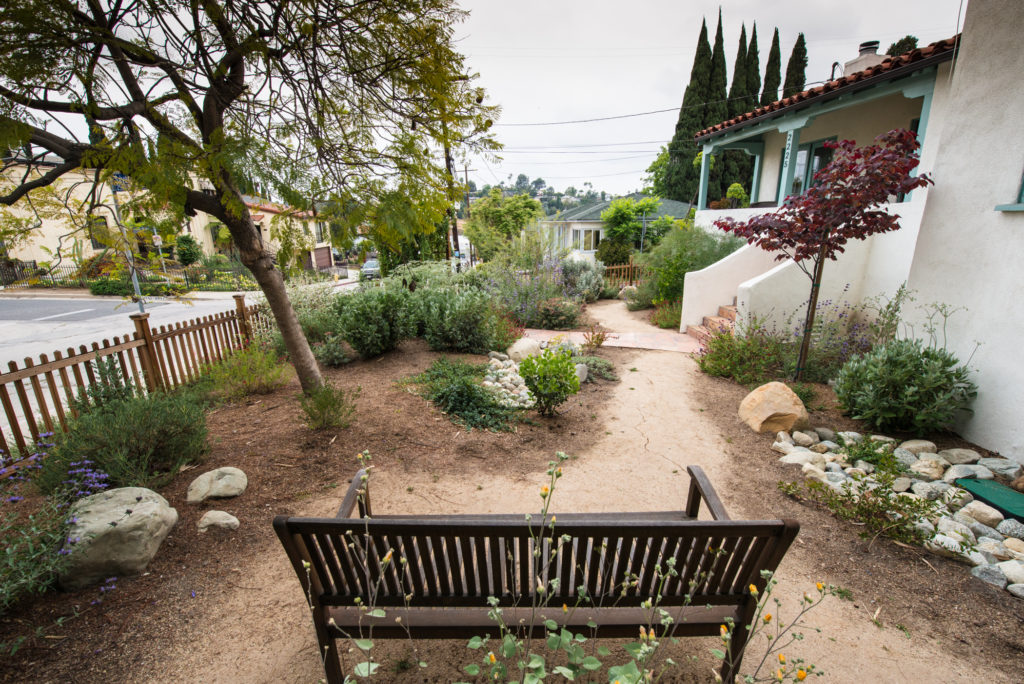
David Newsom
What does a person do first to get a native garden?
The first thing you do is get rid of your lawn, and that’s a simple process. You want to tear it out. Depending on the kind of person you are, you can do it yourself, or you can hire people like me to help you get out the grass. You take the grass out, and then you want to flush it with water a couple of times, get a little more grass to come up, remove that. And then you cover it with cardboard—the whole thing. You can use old boxes, or you can buy the rollout cardboard. And you cover that cardboard with about 3 to 5 inches of mulch—a good organic, fine mulch. Next, begin to just hand water that once a day and get that mulch to start to break down, and that will remediate your soil and create a nice healthy blank slate for you.
Why is the cardboard beneficial?
It breaks down beautifully—worms love it, and you end up with all this micro fauna in your soil. And if you know exactly what you want to end up with—say, a native grassland—you could even lay a drip irrigation grid under the mulch to help break that cardboard down. You can do that yourself or there are all kinds of people that will help you get that sheet mulching done.
Then what?
What I tell people to do is to get a dry erase board and to think about the space they want. As in, what do they want that space to do? Is there a dog that’s going to run around all through it? Will kids want little pathways to run around in? Are there areas where you maybe want to have an herb garden or vegetable garden? Can you do borders of natives to create a buffer for wildlife? And you just spend a few weeks just thinking about it and start to build your plan out from there.
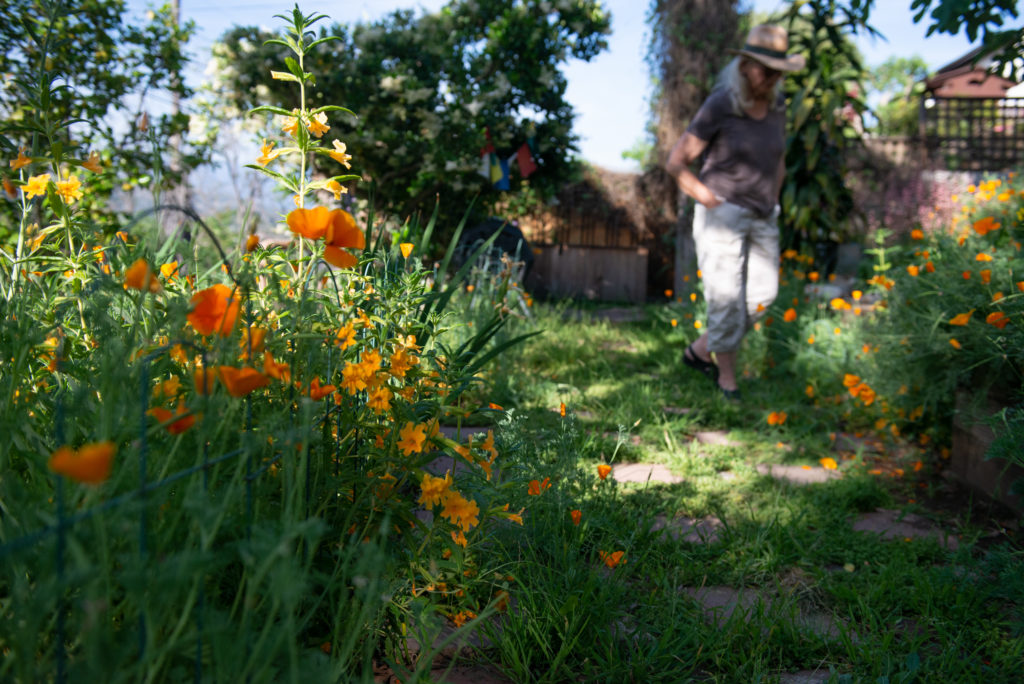
David Newsom
Are there specific plants you recommend?
That’s the thing, because they’re native plants, every place has different needs. But people can simply look up “native plant nursery” in their region [to find their specific plants]. It might take a little sniffing around, but they exist in California, Oregon, Washington …
And the fact that the plants you use are specific to your area is part of what makes it special …
The beauty of creating a garden based on the indigenous plants of your biome is that you’ll have a powerful sense of place. You really begin to understand where you live and you’ll move away from these generic gardens that come from big box stores, which are basically the result of a lot of genetic tinkering and pesticides. What you’re doing is actually creating spaces that are indigenous not just to your area, but to your location. So if you live on a south-facing full sun slope, you’re going to have a different garden than someone who’s, you know, on a north-facing slope that used to be an oak woodland.
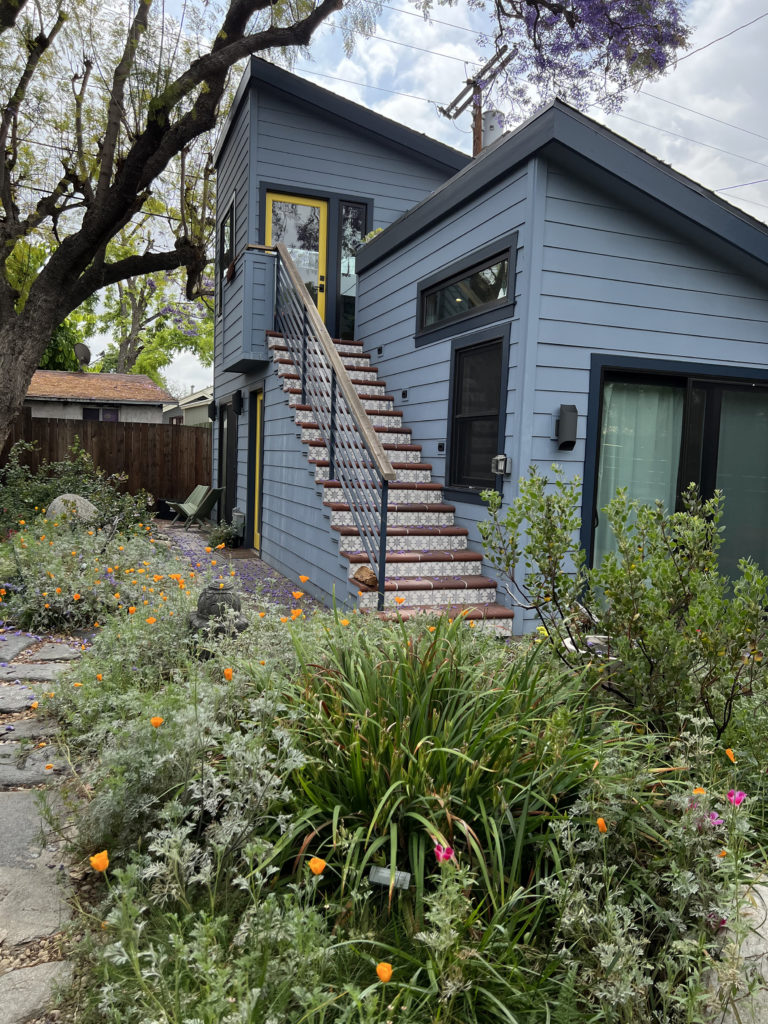
David Newsom
It seems like that’s the barrier to entry. Just getting people to understand that they need a native plant nursery and that will help them educate themselves.
Yeah. I have a friend who worked with a big advertising agency in Detroit, and he wrote me one day ago asking for a list of the top ten native plants for America. I was like, That’s hilarious! Because obviously, what’s native to, you know, Detroit is not going to be native to Arizona. And that specificity is beautiful.
Read the Current Issue Here!
Get one year of Sunset—and all kinds of bonuses—for just $29.95. Subscribe now!
